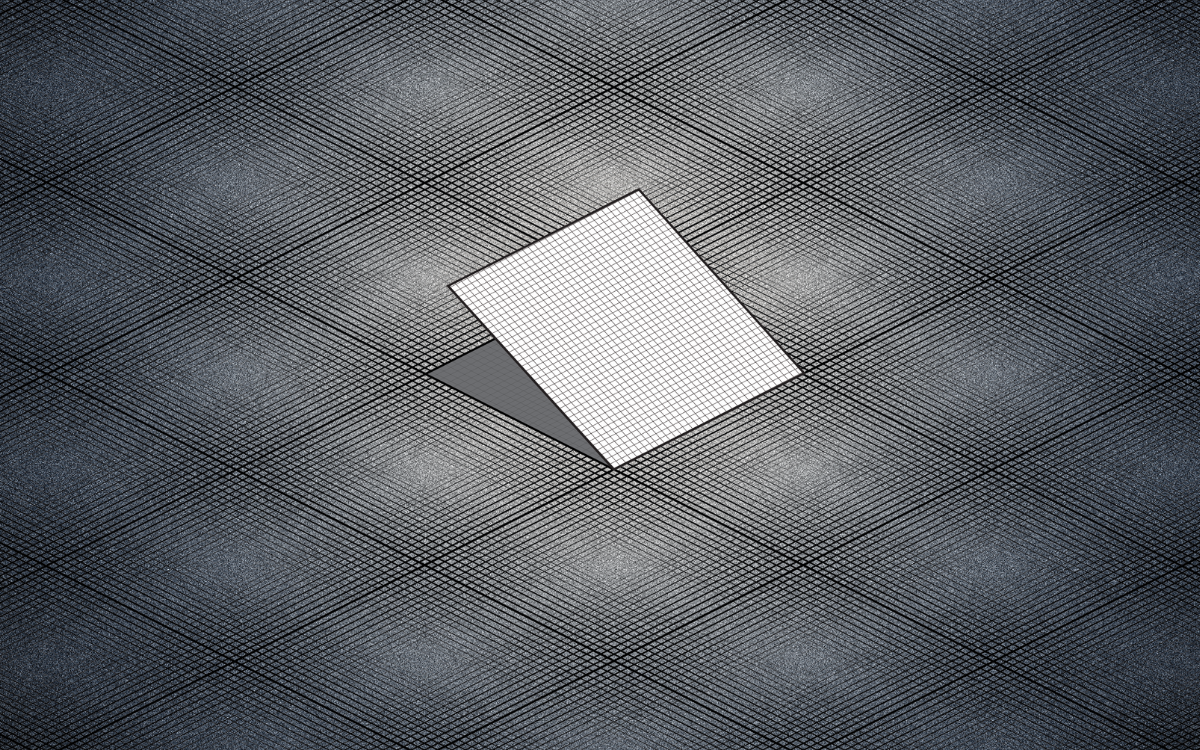In this series we’ve explored different ways to setpersonal boundaries. As critical as setting boundaries may be, it’s what happens after we set them that determines their usefulness.
Maintaining personal boundaries is a life-long process. There are two ways we can approach this process. These two ways are best exemplified by two diverging ways sacred buildings were constructed in the east vs the west. It all boils down to a philosophy of time.
Japan is home to some of the most well preserved temples in the world. Where brick and stone ruins litter much of Europe, these wooden buildings endure. Some are more than 1000 years old. Why? Whereas European buildings were often built to resist the forces of nature, Japanese temples were built to embrace them.
Many of these wooden Japanese temples and shrines use no nails. This makes it possible to disassemble and reassemble the building. It also makes it a lot easier to replace parts as they inevitably succumb to the seasons. When a piece starts to warp, crack, or rot, they can simply replace it with relative ease.
This forward-looking philosophy was also embodied by the resident monks who plant the trees used for the repairs. They plant trees they know will be harvested in future seasons they won’t live to see.
Life, like nature, is continually shifting through seasons. Each season brings with it different conditions. As conditions change, so do we, so do our needs. Parts of us are always growing, rotting, blooming, and sometimes in dire need of replacement.
Seasonality of boundaries
Our boundaries are often created in response to specific external conditions. Maybe it was because a person or a situation is causing us a lot of distress. It worked. The problem is, time moved on. Some boundaries can persist long after our circumstances have changed. This is how the boundaries we have often differ from the ones we need.
Boundaries that served to protect us in one season of our life, can limit, blind, or even damage us in another. For example, the personal boundaries that protected you from a toxic boss, now cost you tremendous growth opportunities with your new nurturing boss. Or, necessary boundaries set with your last relationship now jeopardize your ability to connect with a new partner.
It’s important to keep in mind that it’s not only our seasons that are ever changing, so are everyone else’s. The needs of everyone we know — even those we are most intimately familiar with — are not static. Where boundaries were unnecessary at one point in a familiar relationship, they may become necessary later on.
For example, new therapists have a tendency to use their partners as guinea pigs, trying out tools they just learned to “help” their unwilling partner. Or your work friend becomes your boss, and starts leaning on your freindship to guilt you into doing more work.
Conditions are always changing, and so must our boundaries. Outdated boundaries can quickly become barriers, trapping us in a past that prevents us from fully engaging with the present.
Boundaries vs Barriers
Personal boundaries are ideas about what is and is not acceptable to us. These opinions are formed based on how we judge personal experiences: This felt good. This did not. It is a judgment formed at a moment in time.
Each of our boundaries are artifacts of our experiences. Artifact by artifact, we start to build the outline of our comfort zone. This is where we go to avoid pain. This is where we feel safe. The problem is that there is no growth without making ourselves vulnerable, without lowering barriers we’ve spent much of our life erecting to protect ourselves.
Personal growth happens almost exclusively outside of our comfort zone, where we are likely to experience pain. The process of persevering despite this pain is what develops our skill, bravery, confidence, our character. It shows us what we’re capable of, replacing fear with a sense of great possibility.
Persistence in the face of struggle is how we grow. On the other had, experiencing persistant pain in our lives often indicates the lack of boundaries, which tends to stunt our growth. How do we reconcile the two?
The trick is understanding which boundaries are relevant.
I believe that boundaries are a set of conditions that we put in place to allow us show up for others and ourselves. We limit access to some, to be more present with our family. We don’t talk about a topic with a loved family member, because that topic drives us apart. If the circumstances that require our boundaries are present, then chances are our boundaries are relevant.
Boundaries that don’t actively help us show up are barriers. They may have kept you safe in the past, but now are trapping you there. They’ve now likely become barriers separating you from being the version of yourself you want to be. Common examples include: being distrustful, being quiet, being distant, being unemotional, being agreeable, being safe, avoiding opportunities.
Like with the temple, we need to continually remove the rotting pieces that no longer support us, and replace them with ones that do. In order to do that, we need rituals.
Boundary Rituals
Healthy boundaries are alive. Like all living things, they need to be maintained. I tend to my boundaries through rituals. Simply put, these rituals are regular checkins to examine sources of discomfort in my life.
My rituals are simple. I schedule time each week and month to look for sources of discomfort in my life. I do this by reviewing my calendar and journal, asking myself some questions, and then journaling about what comes up. Let’s break that down.
I use my calendar and journal to remind myself of what I’ve experienced in the past week, or month. I think about those experiences, and see what comes up. Something usually will trigger a sense of discomfort, the question is: is this a singular event or part of a larger pattern?
Discomfort can take many forms. Sometimes that discomfort is valuable, often it’s unnecessary. Questions can help me determine the value of my discomfort and if it’s a pattern. Here are some of the questions I ask myself:
Would I do this again? Is this a pattern?
What am I worried about?
What am I stressed about?
What am I scared of?
What am I tolerating?
What am I angry about?
What is draining my energy?
Next, I write about what comes up. If I’m worried about something, I try to see if there is anything within my control that I can do to reduce my worry. Sometime there isn’t, sometimes there is.
When it comes to a pattern of discomfort, one of the only things in my control is to set a boundary. If I’m worried about my health, I have to set work boundaries by communicating with my team. This creates the conditions for rest.
If I’m tolerating someone’s poor quality work, I will create a new agreement that clearly states what I will and will not tolerate in order to keep working together. They will either deliver or they won’t. Either way, I will no longer have to tolerate the quality of work.
The trick to all of this is consistency. Regularly checking in with ourselves, helps us remain mindful of what is and is not acceptable in our lives. Knowing what is unacceptable helps us create boundariesand a clear vision of what needs to be done now. In some seasons that means replacing pieces of our life that no longer support us. In others, it’s adding entirely new structures to support the growing life we’re now capable of creating.
---
By : Ryder Carroll






Vivian Hu Adams
April 19, 2024
Thank you for this wonderful, insightful post. I have heard “boundaries” being used by many people, and to me, it felt like they were setting up walls, rather than opportunities for engaging with a better life and growth. Your article — so elegantly structured, opening with a beautiful metaphor — helps me to appreciate the artform of living boundaries, and how to bring this into my life.
Insightful, a highlight in my week.